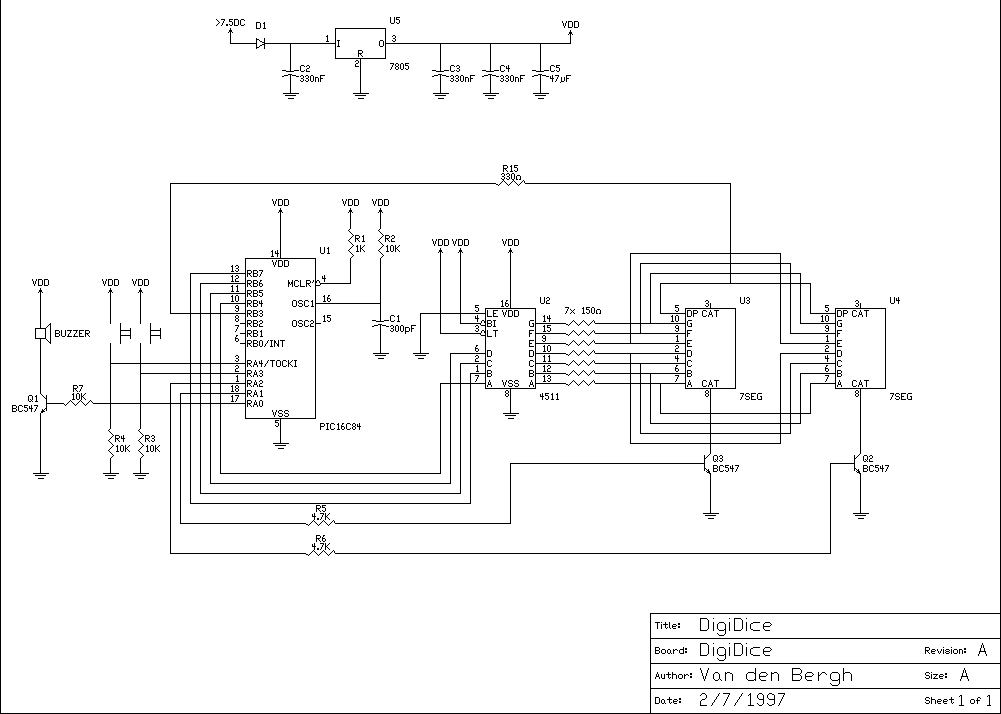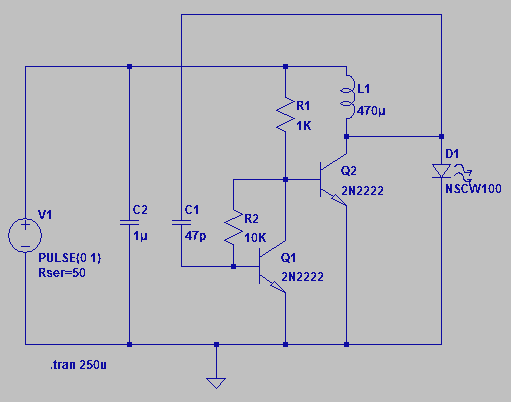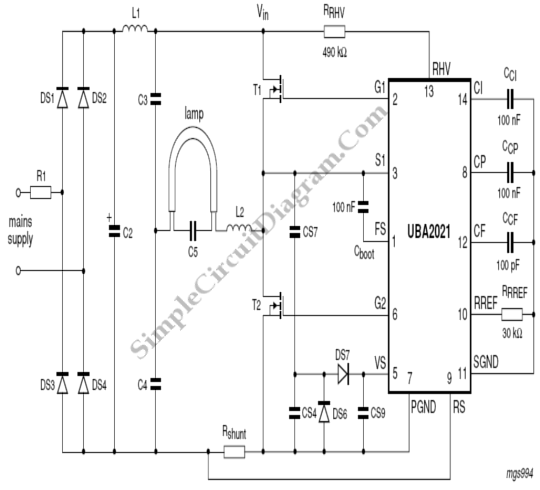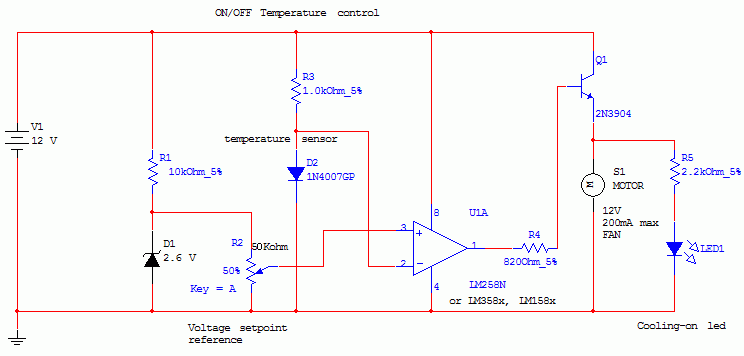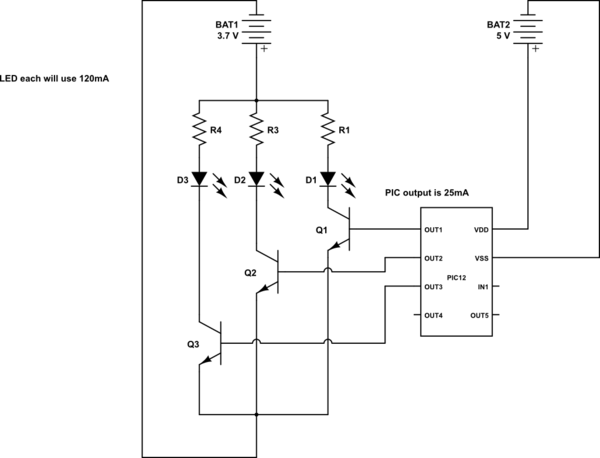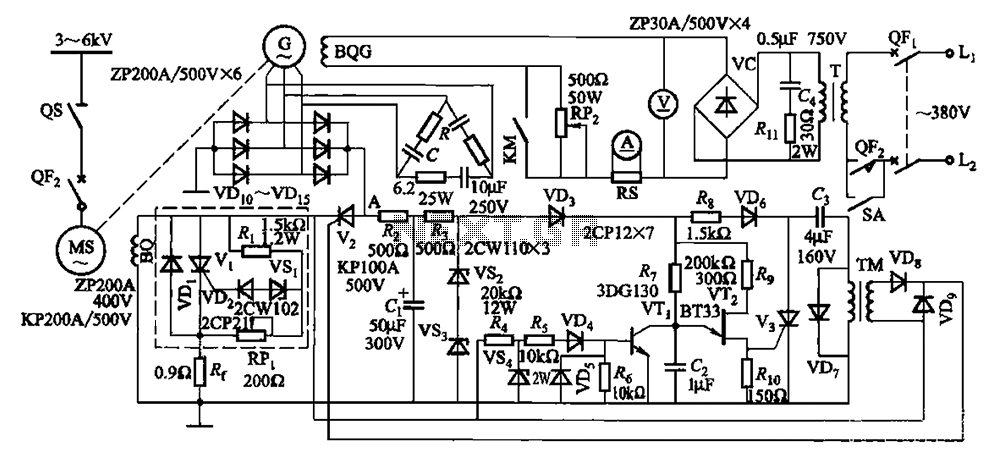
IR Remote Control Extender Circuit
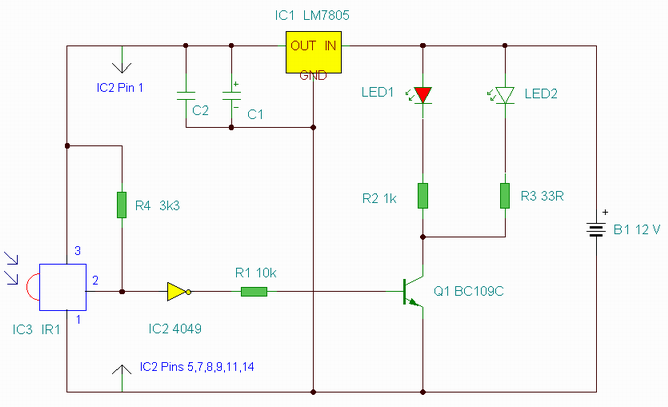
This is an enhanced infrared (IR) remote control extender circuit. It features high noise immunity, resistance to ambient and reflected light, and an increased operational range.
The improved IR remote control extender circuit is designed to extend the range of standard infrared remote controls while maintaining reliable performance in various environmental conditions. The circuit utilizes a combination of advanced components to achieve high noise immunity, which allows it to filter out unwanted signals and interference that may be present in the surrounding environment. This is particularly important in settings with multiple electronic devices that may emit IR signals or other forms of electromagnetic interference.
The circuit typically includes an infrared receiver module that captures the IR signals from the remote control. This module is often paired with a microcontroller or a dedicated signal processing unit that decodes the received signals. The design may incorporate a low-noise amplifier to boost the signal strength, ensuring that even weak signals can be successfully processed.
To enhance resistance to ambient and reflected light, the circuit may employ optical filters or specific modulation techniques that differentiate the IR signals from background noise. This enables the extender to function effectively in bright environments where natural or artificial light could otherwise disrupt the signal.
The increased range of the circuit is achieved through the use of high-gain IR emitters, which can transmit the signals over longer distances. The design may also include adjustable gain settings or feedback mechanisms to optimize performance based on the specific requirements of the installation environment.
Overall, this improved IR remote control extender circuit provides a robust solution for users seeking to enhance the functionality of their remote-controlled devices, ensuring reliable operation even in challenging conditions.This is an improved IR remote control extender circuit. It has high noise immunity, is resistant to ambient and reflected light and has an increased range from. 🔗 External reference
The improved IR remote control extender circuit is designed to extend the range of standard infrared remote controls while maintaining reliable performance in various environmental conditions. The circuit utilizes a combination of advanced components to achieve high noise immunity, which allows it to filter out unwanted signals and interference that may be present in the surrounding environment. This is particularly important in settings with multiple electronic devices that may emit IR signals or other forms of electromagnetic interference.
The circuit typically includes an infrared receiver module that captures the IR signals from the remote control. This module is often paired with a microcontroller or a dedicated signal processing unit that decodes the received signals. The design may incorporate a low-noise amplifier to boost the signal strength, ensuring that even weak signals can be successfully processed.
To enhance resistance to ambient and reflected light, the circuit may employ optical filters or specific modulation techniques that differentiate the IR signals from background noise. This enables the extender to function effectively in bright environments where natural or artificial light could otherwise disrupt the signal.
The increased range of the circuit is achieved through the use of high-gain IR emitters, which can transmit the signals over longer distances. The design may also include adjustable gain settings or feedback mechanisms to optimize performance based on the specific requirements of the installation environment.
Overall, this improved IR remote control extender circuit provides a robust solution for users seeking to enhance the functionality of their remote-controlled devices, ensuring reliable operation even in challenging conditions.This is an improved IR remote control extender circuit. It has high noise immunity, is resistant to ambient and reflected light and has an increased range from. 🔗 External reference
